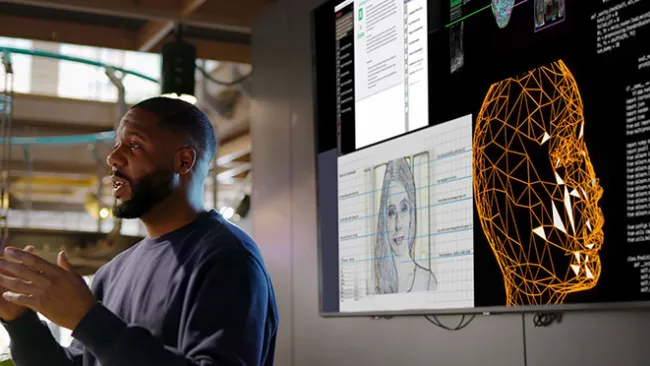As telecommunications companies continue to battle for customer loyalty, the key differentiator to help brands distinguish themselves is the ability to provide subscribers with consistent experiences across the various touchpoints and interaction channels they use.
While it’s essential for carriers to have the right people and processes in place to help shape customers’ experiences, it’s also necessary to have the right technologies in place. Together, they will provide a foundation for delivering consistent experiences to customers across multiple channels cost effectively.
Of course, people, processes, and technology need to work in harmony in order to provide customers with great experiences. This includes providing employees with the tools and data that enables them to best serve the customer with personalized support.
For instance, I can call into a carrier’s contact center and an associate answers the call. She may know my name or have my profile in front of her. The associate may ask for qualifying information to validate me. It’s a pretty generic customer experience where the associate is doing more to find out about me than actually knowing who I am. It’s a lukewarm interaction at best.
Here’s a different scenario: When I call in, the associate can see on her screen that it’s Sean Carithers calling, that I’ve been a high-value customer for the past 15 years, and that my birthday was last week. When associates are armed with these types of insights, they’re able to provide customers with a relevant, warm, and personalized greeting.
Of course, a number of technologies need to be integrated with one another in order to allow the associate to provide a customer with this type of tailored experience. Computer telephony integration (CTI), IVR, intelligent call routing, and knowledge management systems need to be tied together to allow associates to deliver the type of knowledgeable support the customer expects.
Identify your state of readiness
Technology alone won’t enable your organization to deliver consistent customer experiences. Start by identifying your organization’s strengths and weaknesses in delivering customer experiences, the technologies, processes, and skill sets of customer-facing employees that are currently in place, and the company’s key challenges.
It’s also important to candidly assess your organization’s existing technology status. If your company recently invested $20 million in a CRM system, organizational leaders likely aren’t willing to rip it out if the platform is underperforming in certain areas. Instead, determine the necessary changes, prioritize the action items, and create a tactical plan for executing improvements.
Developing and using a customer journey map is a terrific way to identify how customers use different channels and to better understand their expectations, needs, and preferences at each point throughout their journey. For instance, a common reason for wireless customers to contact a carrier’s customer service is dropped calls. By using a journey map and assessing customer support interactions on such heightened calls may show that a high percentage of customers would rather resolve such issues on their own using web self-service tools. Organizational leaders can use insights gleaned from journey mapping to ensure that the right information is provided to customers on its website to help them resolve their dropped call issues satisfactorily and ensure the site itself is intuitive and easy for customers to use.
Understanding the customer journey is just one of the elements needed to deliver great customer experiences. Telecom companies also need the right balance of people, processes, and technology. Think of it as the three-legged stool of customer experience. You can’t do one without the other two. Therefore, you can’t improve a customer-facing process without having the technology there to support it. Carriers also shouldn’t add new technologies without determining if the existing processes work or if they need to change.
Before deploying new technology, providers must look at the big picture. How will the technology operate in your existing ecosystem and what are the downstream effects on other systems? For example, a carrier shouldn’t deploy a cloud contact center platform without first evaluating how it’s going to be configured with knowledge management and other systems where there are interdependencies.
There are a lot of innovative and powerful technologies in the market that can help telecom companies strengthen the customer experience. Knowing which ones to select begins with understanding customer needs and your company’s current operational environment.
Choosing the Right Technologies to Guide the Telecom Customer Experience















